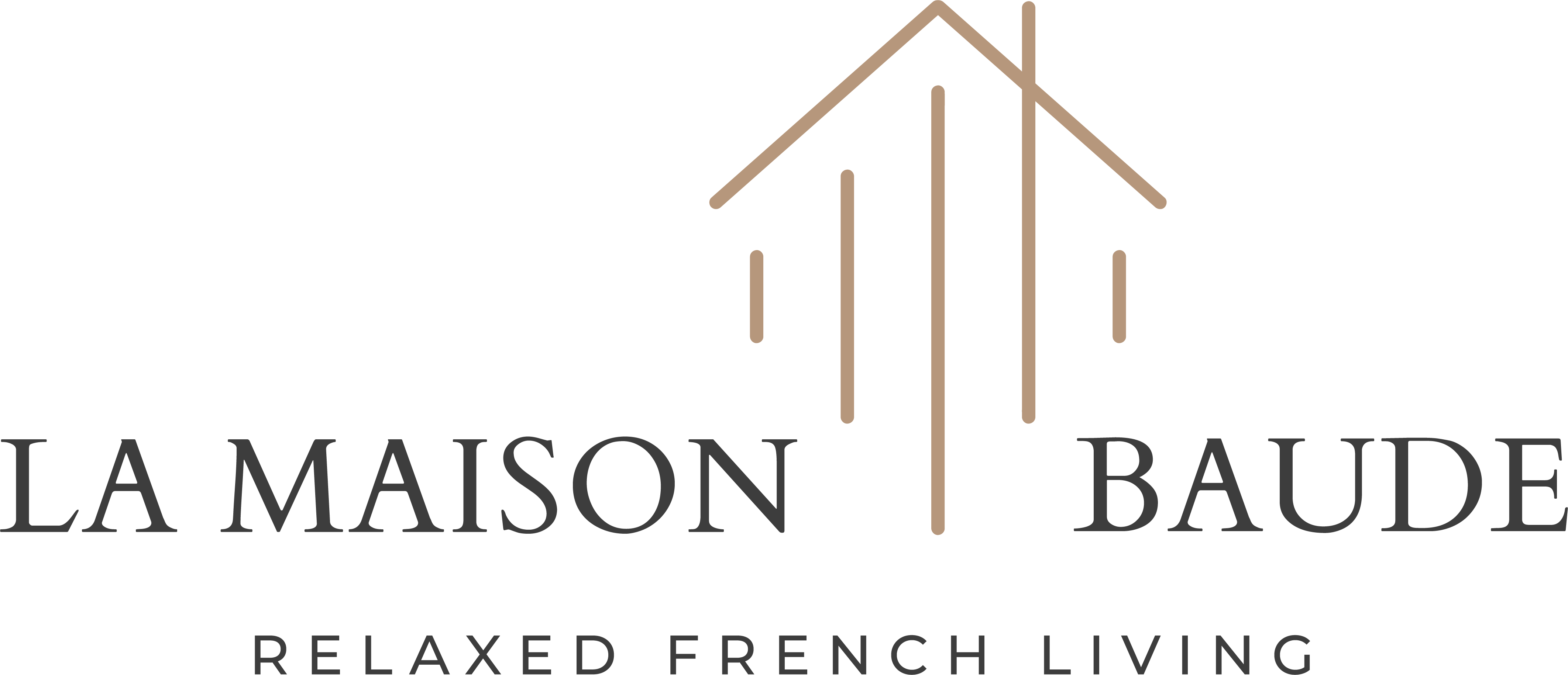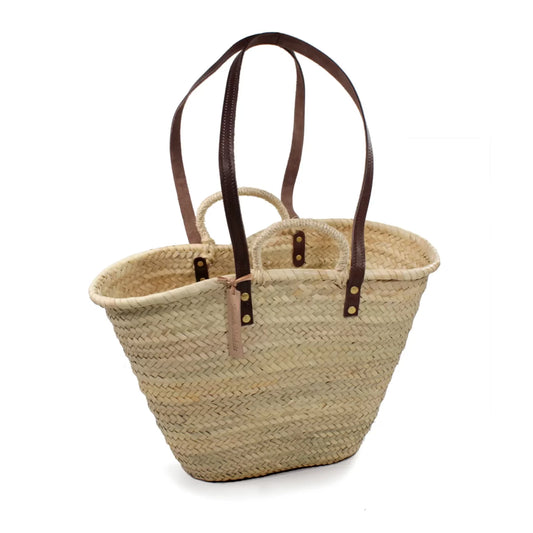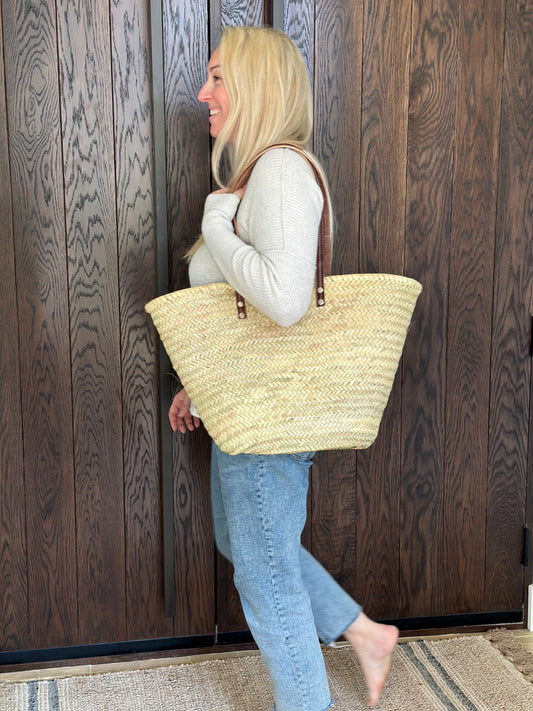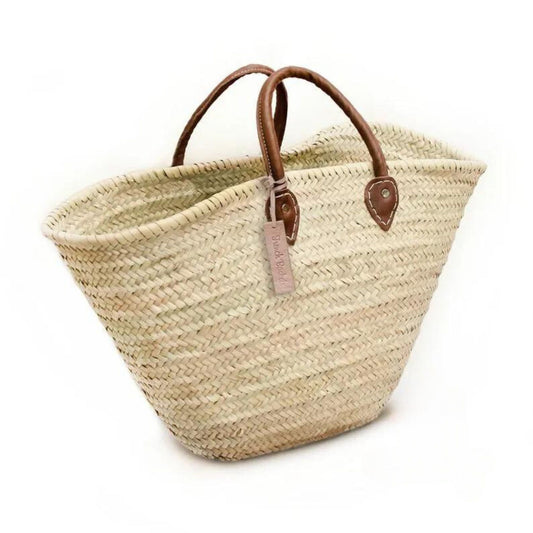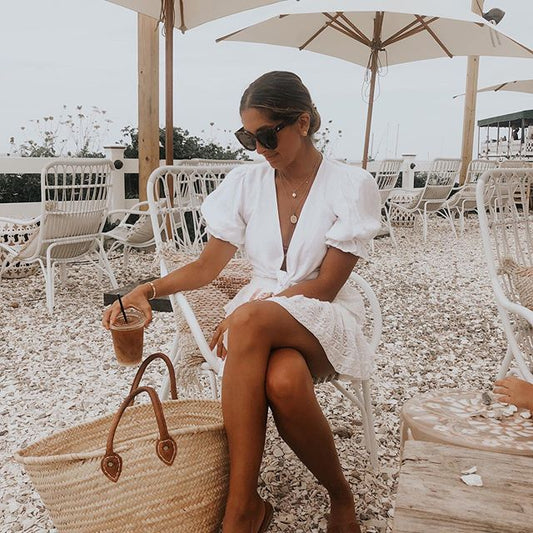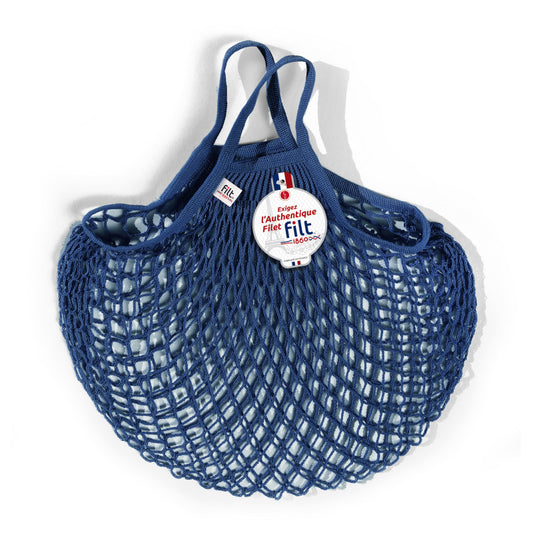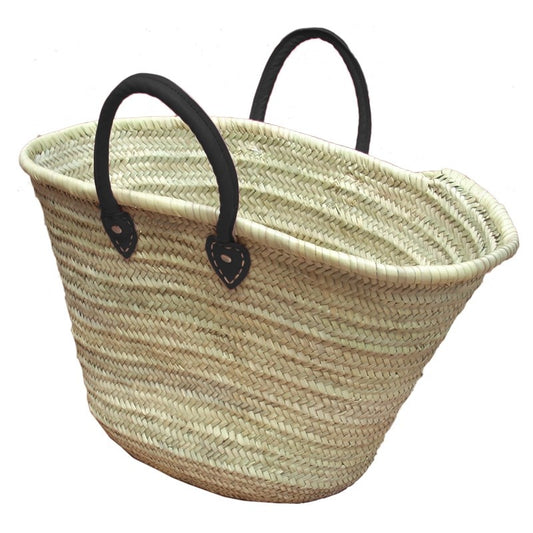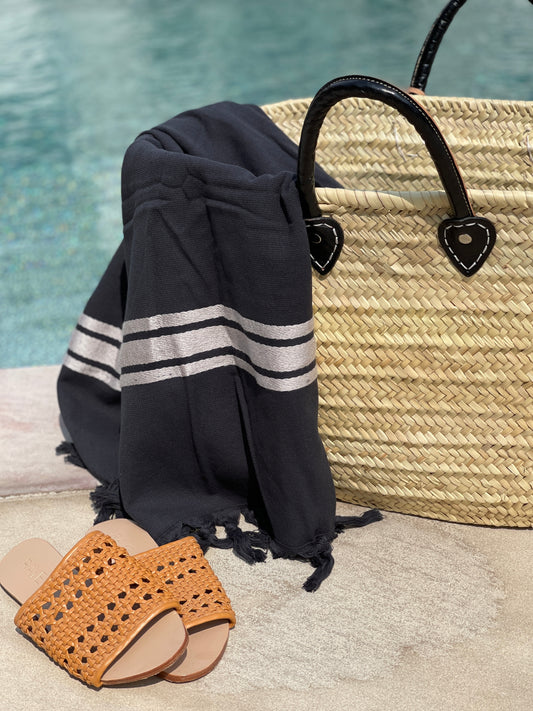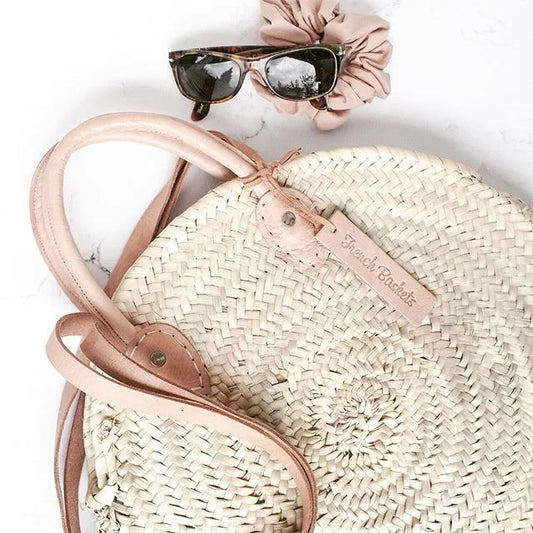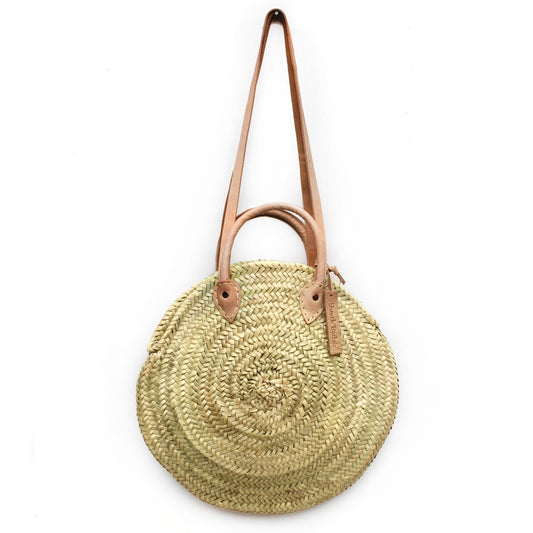At La Maison Baude, we’re big fans of linen. It’s soft, breathable, beautifully wrinkled (in the best way), and somehow manages to feel both casual and luxurious at the same time. But have you ever wondered how linen gets made?
Let’s take a little peek behind the curtain at what goes into creating this natural, elegant fabric that’s become a staple in so many French homes.
It All Starts With a Plant
Linen comes from the flax plant, a tall, blue-flowered plant that’s been grown for thousands of years. It’s one of the oldest cultivated plants in the world and thrives in cooler, coastal climates. It’s commonly grown in places like Normandy, Belgium, and parts of the Netherlands.
Something cool to note is that almost nothing goes to waste with flax. The seeds are used for oil (think, flaxseed oil), and the fibres become linen. It's the ultimate test in sustainability.
Harvesting the Flax
Unlike some crops that are cut, flax is pulled up by the roots when harvested. This keeps the fibres longer, which is the key to making high-quality linen.
Once harvested, the plants are left out in the field for a process called retting. It may sound fancy, but really, it’s just letting nature do its thing. Rain and dew help break down the outer layers of the stronger stalks so the inner fibres can be separated later on.

From Plant to Fibre
After retting, the flax is dried and then goes through several steps to extract the fibres that will be used in linen production. Here is a look at the basic steps involved:
-
Breaking: The woody stalks are broken up to loosen the fibres.
-
Scutching: This removes the broken bits of stalk, leaving behind long strands of flax.
-
Hackling: Think of this like combing hair. The fibres are pulled through metal combs to smooth and align them.
In the end, you are left with the soft flax fibres that are ready to be spun into yarn.
Spinning & Weaving
Next up: spinning the fibres into yarn. This used to be done entirely by hand, but now it’s typically done with machines (though some artisanal makers still do it the old-fashioned way). The yarn is then woven into fabric, which might be left natural or naturally dyed, depending on the desired look.
From here, the fabric can be softened, washed, or stonewashed to get that lovely texture we all love in our linen bedding, clothing, or table linens.

Why It’s Worth the Wait
Linen takes more time and effort to produce than most fabrics, which is why it's often seen as a more premium option. But in our opinion, the result is worth it. You get a fabric that’s strong, naturally breathable, and gets better with age. The slight imperfections and texture? That’s part of its charm and why it fits so beautifully into French homes, where beauty and simplicity go hand-in-hand.

Linen at La Maison Baude
We are always seeking the finest quality linen for many of our home and lifestyle pieces, because it’s more than just a fabric, it’s a feeling. Light, breathable, and elegant, while still achieving that relaxed French living look we always strive for. Whether it’s a linen tablecloth for your next dinner party or kitchen torchons to make drying dishes a breeze, every piece has been carefully chosen with this in mind.
Explore our linen collection here and bring home a little bit of slow, natural luxury.
